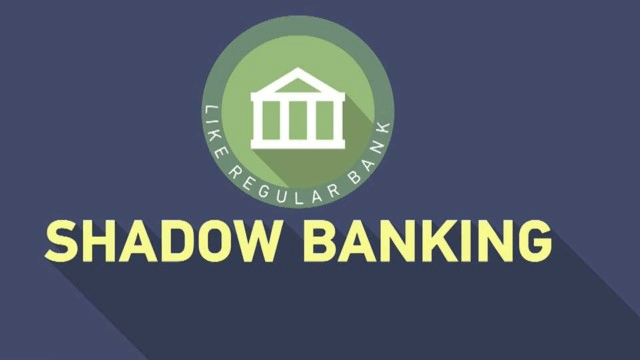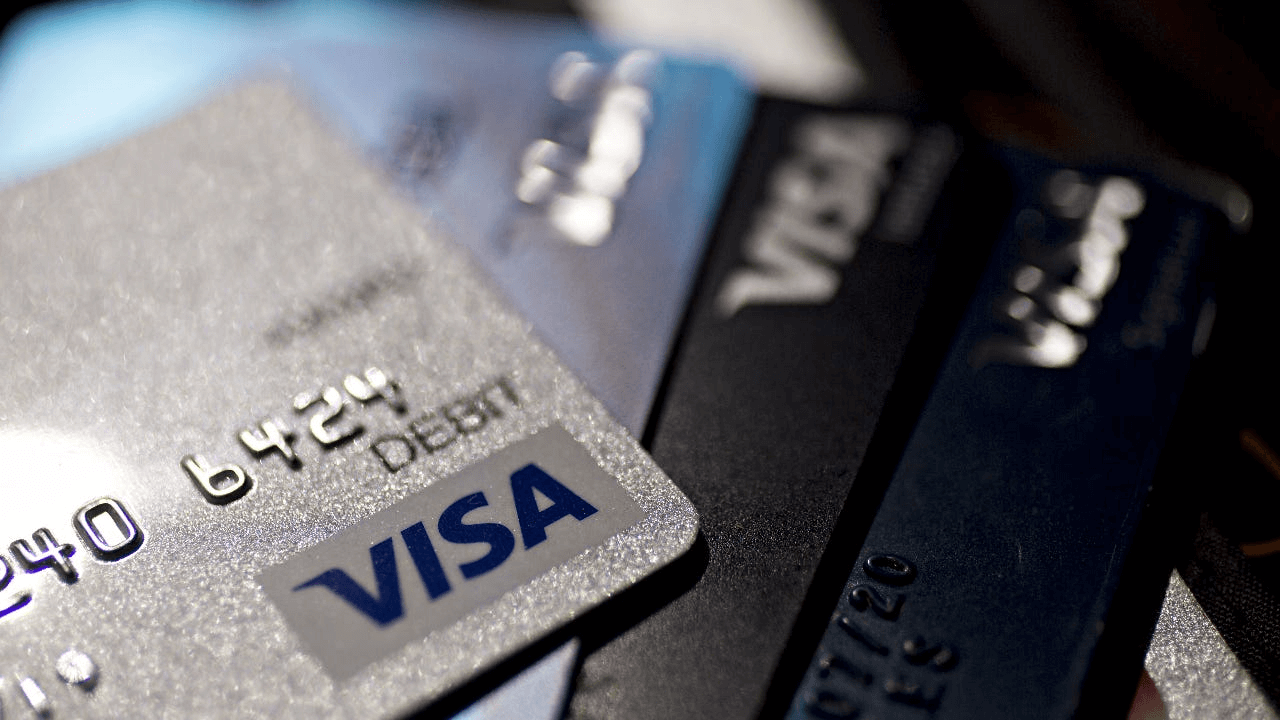
What is shadow banking?
Broadly speaking, there are two types: the first kind is not within the scope of banking supervision, but doing what the bank does and lending money to enterprises. Some financial institutions, such as trust companies, insurance companies, asset management companies are all called shadow banking.
The second kind refers to those commercial banks that do not abide by their duties, and do some things that are not within the scope of bank credit business through some non-banking institutions, AKA banks’ shadow credit.
Why shadow banking exists in the first place?
It is because the market has demand. Some enterprises (overcapacity companies, real estate developers, PPP projects, etc.) cannot get loans or raise funds through formal channels, and can only obtain them through shadow banking. The difference between the shadow credit of commercial banks and the bank’s own credit business is that the former one is not recorded in the bank’s balance sheet.
According to the “China Shadow Banking Report” by the Policy Research Bureau of the China Banking and Insurance Regulatory Commission, shadow banking refers to various financial intermediary businesses outside the conventional banking system, usually carried out by non-bank financial institutions, which have significant impact on the credit, liquidity, and financial assets of financial assets. It converts risk factors, such as maturity and plays the role of a bank.

Based on the definition of shadow banking acknowledged internationally and by the Financial Stability Board, shadow banking has four main characteristics:
First, non-bank financial institutions are the main carriers;
Second, it has the function of converting the risk factors of financial assets;
Third, it is a major hidden danger that constitutes a systemic risk;
Fourth, it is free from the prudential supervision, behaviour supervision and rescue system.
Taking the bank as an example, two systems have emerged for the credit business with commercial banks as the core: one is on the bank’s balance sheet and is subject to strict supervision; the other is outside the bank’s balance sheet, where the bank itself issues wealth management products through multiple layers of channels. Hence, the off-balance-sheet business has got its new name: shadow banking.
Is shadow banking good or bad?
It is not easy to say whether the existence of shadow banking is good or bad.
It is an integral part of the financial intermediary system, and the reason why it has a place in the financial system is the product of the combination of two factors. On the one hand, the banking system cannot completely solve the problem of information asymmetry; on the other hand, shadow banking meets individualized financial needs.
Shadow banking is a product driven by arbitrage behaviour. It has the dual nature of an angel and a devil. If it is managed well, it is an angel, and if it is not managed well, it becomes a devil. Regulators have started to rectify shadow banking in a centralized manner since the beginning of 2017. After three years of special governance, the barbaric growth of shadow banking has been effectively curbed, and high-risk businesses, including additional channels, leverage and nesting, are particularly being curbed.

So what impact does shadow banking have on us? If you buy this kind of trust product that is packaged in layers as an investor, you may invest in an unreliable company.
Financing costs have become higher for corporate borrowers, and this layered product charges a fee for each layer. Of course, the opaque and difficult supervision of shadow banking also invisibly increases financial risks





